Soil is only as good as the nutrients within it….
When we lift our produce we also lift the nutrients from the soil that the plant has used to grow. Over time and cultivation this can leave the soil depleted…especially if we leave the soil bare over winter and that can effect yields and disease in plants from Chlorosis and poor growth due to Nitrogen or soft growth which allows aphids or disease to take hold.
Regularly adding organic matter to your plots can help improve soil structure and texture as well as reintroduce lost nutrients but sometimes an extra boost can help!
Here’s a run down of some of the best ways to boost your soil this year!
Rock Dust

Most of us spend our days picking rocks out of our beds! But this is definitely one you want to add in! Volcanic Rock Dust can help to add essential minerals and trace elements to help boost the soil but not only that it’s a great tonic for wormeries!
It’s a versatile additive that can be used all year round as a top dressing (except in windy or frozen conditions but that would be the same for any dressing) or mixed in with compost to give your pots a boost.
It’s also a great addition to the compost heap. Before each new layer of compost you can add a thin dusting of rock dust before adding on new material, there is some evidence to suggest it can speed up the rotting process but without increasing the smell!
We use REMIN Volcanic Dust in a 20kg which covers a 40sqm area…plenty for our allotment.
Chicken Manure

A 100% natural fertiliser which can enrich the soil and when used as pellets it is far more concentrated meaning you can use a smaller amount.
Chicken manure pellets are a great feed for both pots and plots. We use ours when we do any planting by putting a handful of pellets in the bottom of the hole before we put the plant in, as the slow release nature of the pellets means one feed lasts all season!
Pellet form is also great for storage as it doesn’t break down so a 20kg usually lasts us a couple of seasons!
We use this Six Times Concentrated pellets by VITAX and have always had great results
Wool Compost

Photo by Judith Prins
So we’ve previously used waste Wool as a top dressing for our Leeks but always found it took far too long to break down in the soil. The other option is Wool compost….which has already done the big breakdown leaving some nutrient rich soil conditioner!
Sheep’s wool has a high level of nitrogen and is relatively slow release but it also has really good water retention properties, making it great for long hot summers! We use DaleFoots Wool and Bracken Compost because the extra dose of Bracken, which is a great source of PotAsh. So double bonus, high nutrient content and two waste products!
One thing though….the one we recommend is double strength so dilute it with your existing or spent compost half and half, so as to avoid over feeding! It’s also great for sandy soils which can often struggle with nutrient leach because of its slow release nature!
Strulch

Now…if you’ve followed us on Instagram you’ll already know about my massive love for Strulch! We use it every year to top dress out Strawberries and it’s been incredible for our yields and yet not too strong that it burns the fruit thanks to its neutral pH.
A double whammy it’s a fantastic weed suppressant and we dig it in at the end of it’s life as a mulch (2 years according to Strulch) to breakdown in the soil and aid our soil structure.
The best thing about it is it’s really affordable for a dual use conditioner and mulch!
BioChar

A Carbon rich soil improver that helps trap carbon into the soil for long periods of time with just one application! It’s a great additive to improve the texture and structure of the soil and the best thing about it is that it often only takes on application to see a big impact!
We have used GroChar because not only is it Soil Association accredited but also it has the added benefits of Seaweed, wormcasts (poop!) and mychoorhizal fungi which adds nutrients to what would otherwise just be a conditioner and carbon trap! BioChar is produced by turning waste plant material into charcoal and another reason we like GroChar is because it does this using clean processes meaning it traps the carbon in the charcoal and not into the atmosphere!
There are so many different types of soil conditioners out there and we are all for ones that start with a waste product. These are our top picks and ones we use as part of our growing practices!
Would you add any others to the list? We’d love to hear what other things you use to keep your soil in tip top condition!
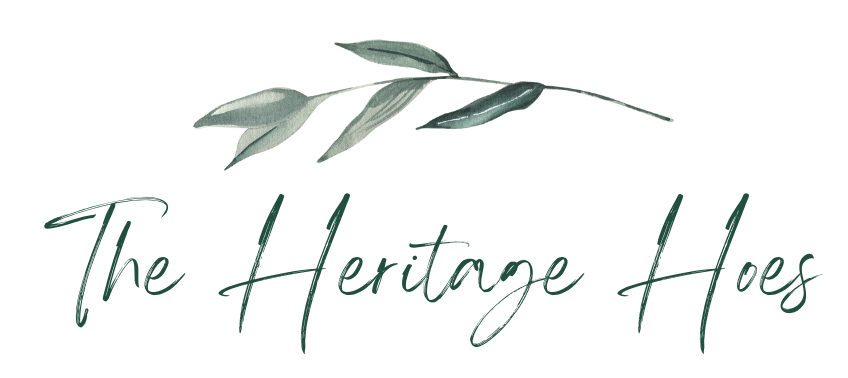
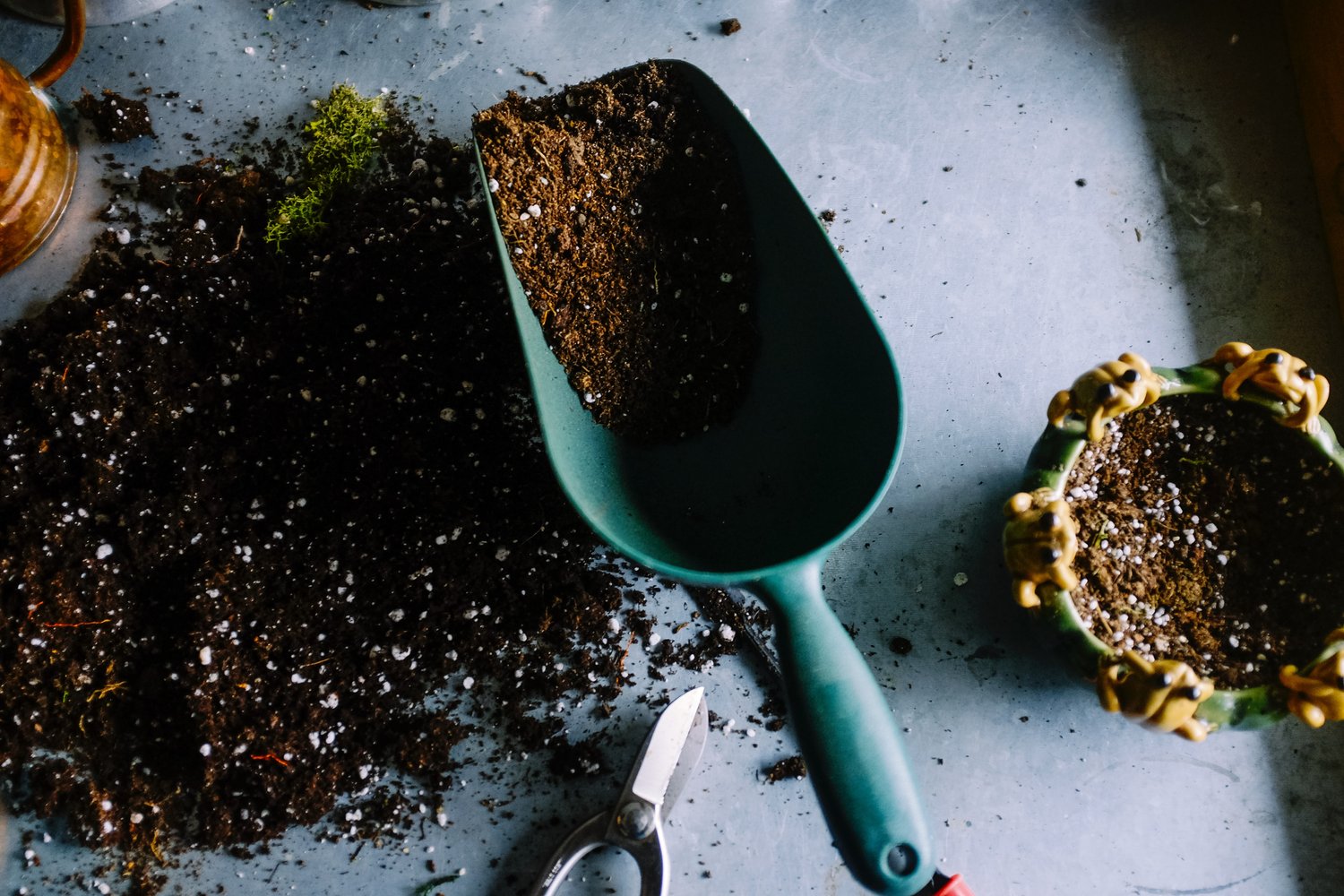

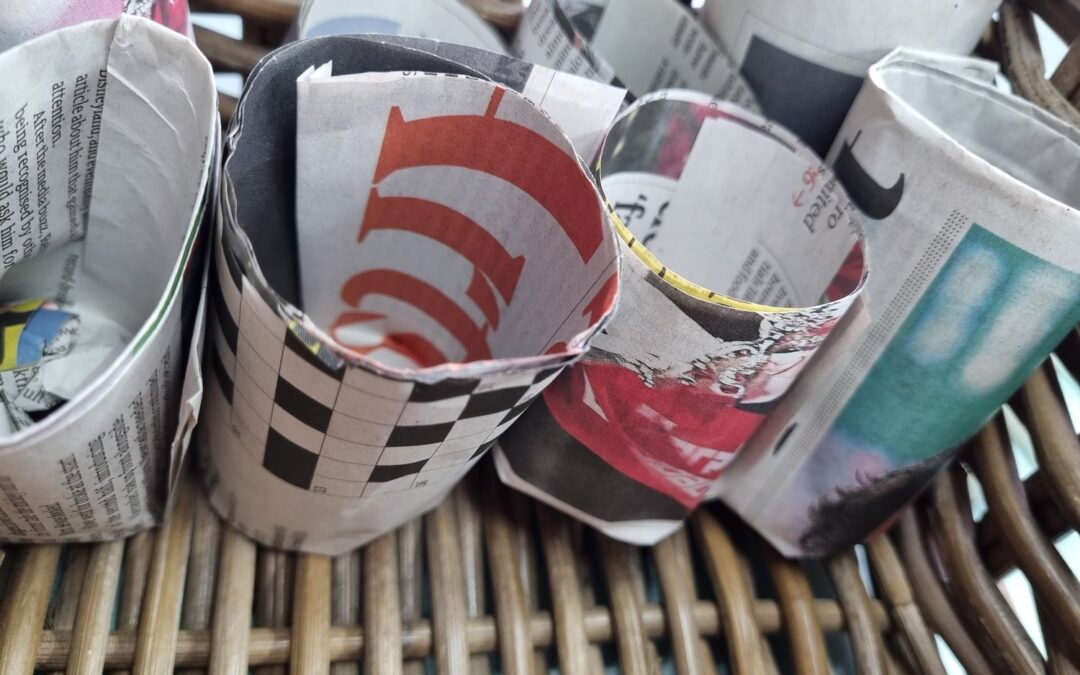
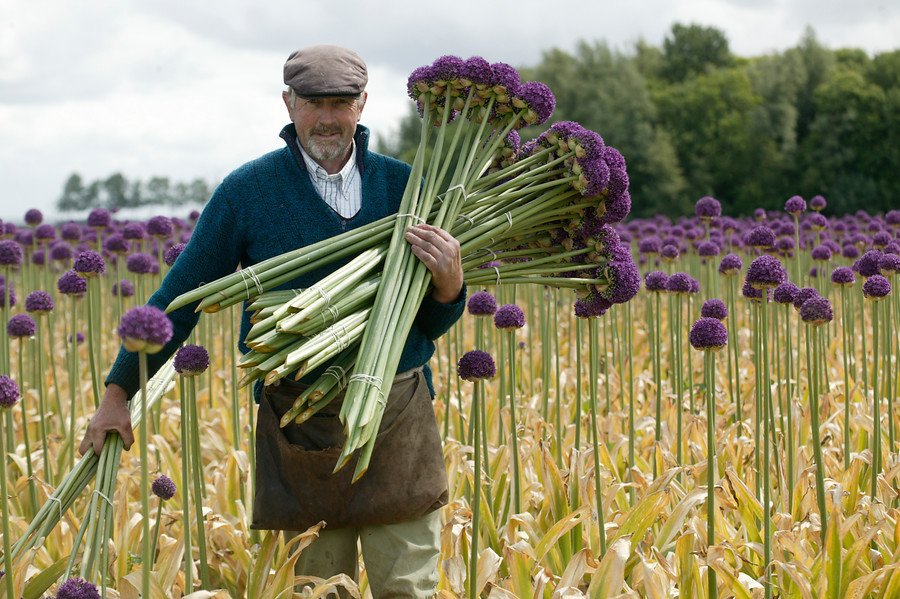

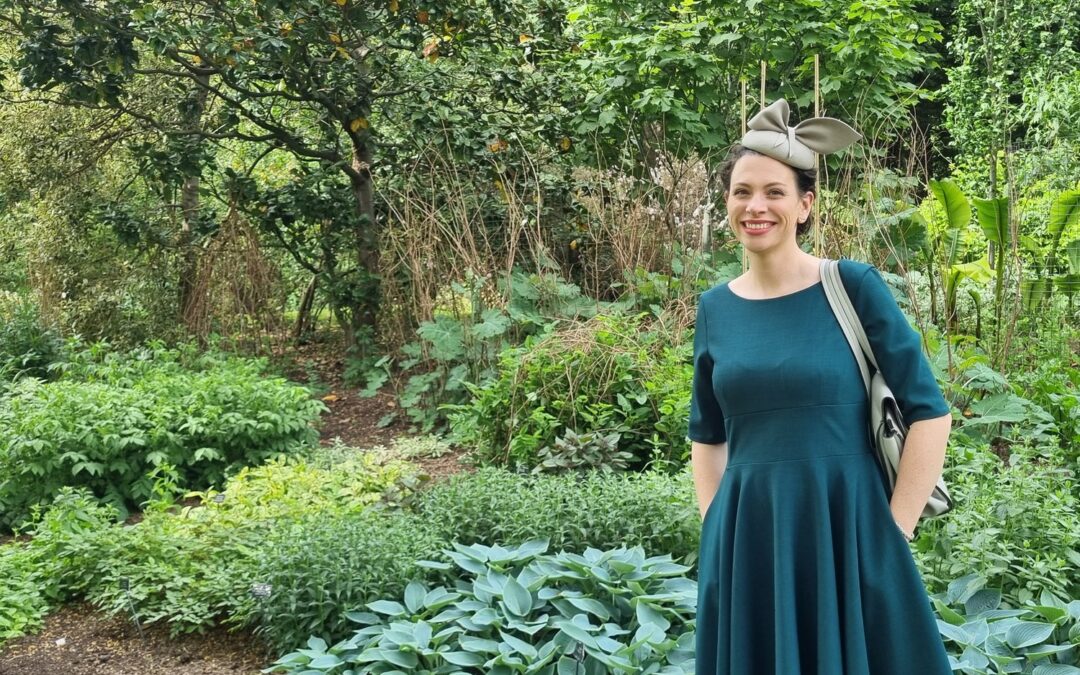
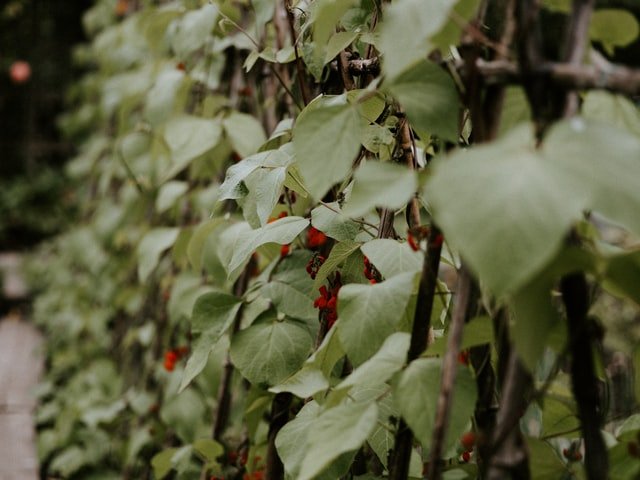
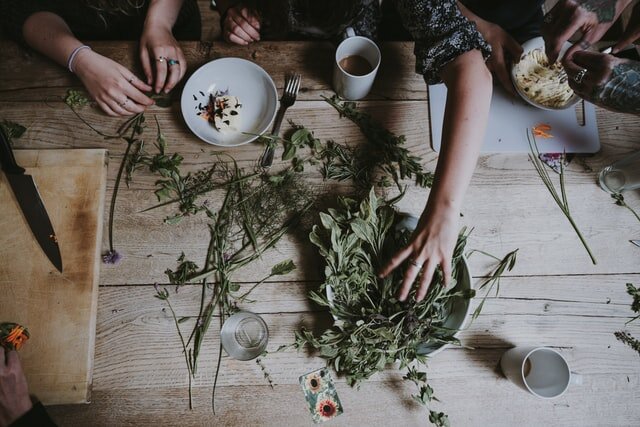

0 Comments